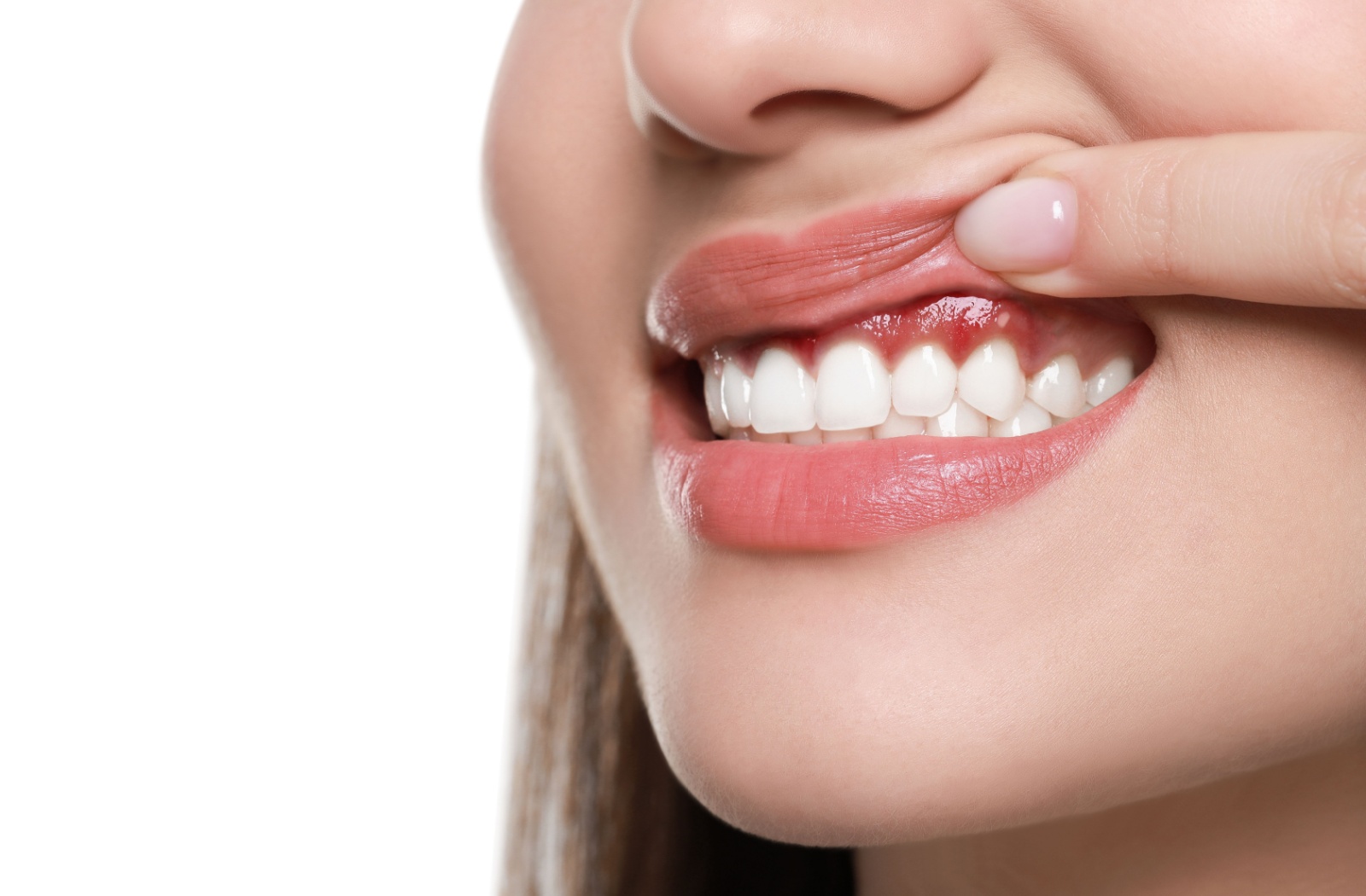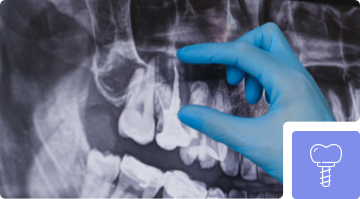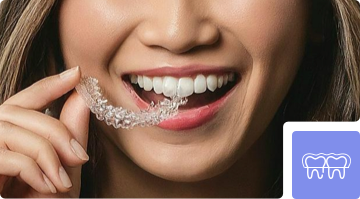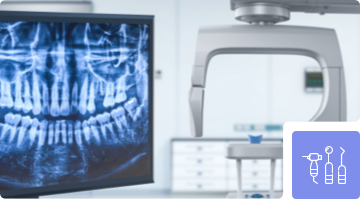Your smile is more than just an aesthetic feature—it reflects your overall health. Healthy gums are essential for maintaining good oral hygiene, but conditions like gingivitis and periodontitis can lead to serious dental issues when left unchecked. Though these terms are often used interchangeably, they represent distinct stages of gum disease. Understanding the differences between them is key to preventing more severe complications.
In short, gingivitis is the earliest and mildest stage of gum disease, while periodontitis is its more severe, advanced form. Early detection of gingivitis and prompt treatment can help prevent it from progressing to periodontitis.
What Is Gingivitis?
Gingivitis is the first stage of gum disease, typically caused by the accumulation of plaque on your teeth.
Plaque is a sticky, colourless film of bacteria that forms when sugars and starches from food interact with the bacteria in your mouth. If plaque isn’t regularly removed through brushing and flossing, it can irritate the gums, causing inflammation.
The good news is that gingivitis is reversible with proper oral care. However, if left untreated, it can escalate to periodontitis, causing more severe damage to your gums and teeth.
Common Symptoms of Gingivitis
There are several warning signs that could indicate gingivitis:
- Red or swollen gums: Healthy gums should be firm and pale pink. When they become inflamed, they may appear red and puffed-up.
- Bleeding gums: If your gums bleed, especially when brushing or flossing, this could be a sign of gingivitis.
- Bad breath: Persistent bad breath, also known as halitosis, can result from bacteria in the mouth caused by gingivitis.
- Gum tenderness: Gums may feel sore or tender to the touch.
- Receding gum line: Over time, gingivitis may cause gums to pull back from your teeth, making your teeth appear longer.
Treating Gingivitis
Fortunately, gingivitis is reversible, and with the right approach, it can be eliminated. Here’s what you can do:
- Brush and floss regularly: Brush your teeth at least twice a day using fluoride toothpaste, and floss daily to remove plaque from between your teeth and along the gumline.
- Regular dental cleanings: Visit your dentist regularly for professional cleanings to remove tartar (hardened plaque) that can’t be removed by brushing and flossing alone.
- Healthy lifestyle: Quitting smoking, eating a balanced diet, and managing stress can all help improve your gum health.
Following these steps can help stop gingivitis from progressing and maintain healthy gums.
What Is Periodontitis?
Periodontitis is the advanced stage of gum disease. If gingivitis goes untreated, the inflammation can spread deeper into the tissue and affect the bones that support your teeth. This more severe form of gum disease can lead to tooth loss, gum recession, and damage to the structures that support your teeth.
At this stage, the damage is often irreversible, but with proper treatment, periodontitis can be managed. Early intervention is key to avoiding periodontitis, which is why regular dental checkups are essential.
Common Symptoms of Periodontitis
Periodontitis comes with more severe symptoms, which include:
- Persistent bad breath: Unlike the occasional bad breath associated with gingivitis, periodontitis causes persistent, foul-smelling breath.
- Receding gums: Gums may pull away from your teeth, creating deeper pockets between your teeth and gums.
- Loose or shifting teeth: Losing bone structure can cause your teeth to become loose or move out of alignment.
- Pain while chewing: If you experience discomfort or notice a change in how your teeth fit together, it could be a sign of periodontitis.
- Change in bite: If your bite feels different, it may be due to periodontitis affecting your gum and bone health.
Treating Periodontitis
While periodontitis can’t be fully reversed, it can be effectively managed with professional treatment. Treatment may include:
- Scaling and Root Planing: A deep cleaning procedure that involves removing plaque and tartar from below the gumline. The roots of your teeth are also smoothed to allow the gums to reattach and heal.
- Antibiotics: In some cases, antibiotics may be prescribed to help control infection and inflammation. These can be oral antibiotics or medicated mouthwashes.
- Surgical Options: In severe cases of significant bone loss, your dentist may recommend surgical procedures like flap surgery or bone grafting. These can help restore gum tissue and bone structure.
- Bacterial Testing: Saliva samples can be tested for harmful bacteria, allowing for the prescription of targeted treatments to help combat the infection and inflammation causing periodontitis.

How to Prevent Gum Disease
Regular oral hygiene and routine dental visits are the best way to prevent gingivitis and periodontitis. Here are some key prevention tips:
- Brush and floss daily: Brushing your teeth twice daily and flossing once daily removes plaque and prevents its buildup along the gumline.
- Visit your dentist regularly: Regular checkups help catch gum disease early, before it becomes severe.
- Eat a balanced diet: A nutritious diet helps support your overall health and strengthens your immune system, which is crucial for fighting gum infections.
- Quit smoking: Smoking is a major risk factor for gum disease. It weakens your immune system and damages gum tissue.
- Stay hydrated: Drinking plenty of water helps keep your mouth moist, reducing bacteria buildup.
The Bottom Line: Prioritise Your Gum Health!
While gingivitis is treatable and reversible, periodontitis requires more intensive care and can have lasting effects on your gums and teeth. By practicing good oral hygiene and scheduling regular dental appointments, you can reduce your risk of gum disease and maintain a healthy, beautiful smile for years to come.If you notice any symptoms of gingivitis or periodontitis, don’t wait—schedule an appointment with us at Rundle Dental in Calgary. Our team is here to help you achieve optimal gum health and keep your smile looking its best.










